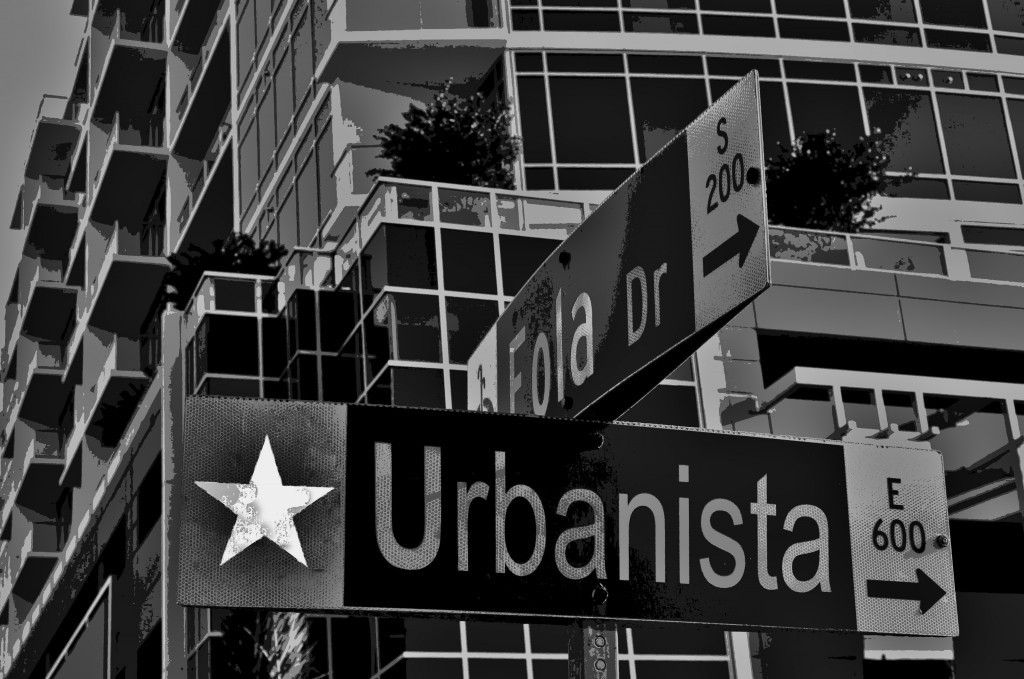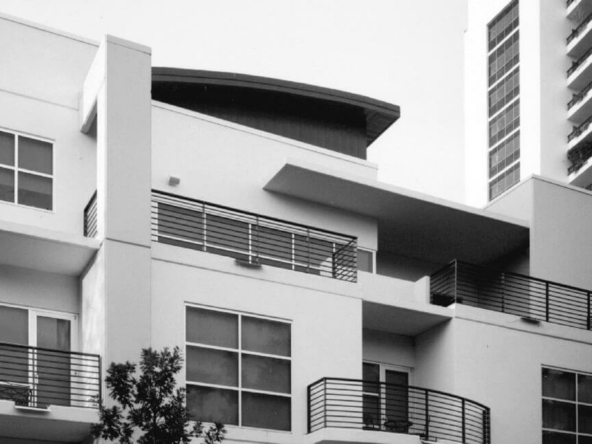With home sales slowing and newly optimistic buyers putting their homes on the market, the inventory crunch is finally starting to ease up. Existing homes sales increased 1.7% to a 5.48 million annual rate in August. Inventory just barely nudged up, to a 5-month supply from 4.9 months a month ago.
A separate, seasonally adjusted measure of inventory, which Trulia calculates from NAR’s numbers, shows inventory has grown 7 months in a row and stood at 2.07 million units in August, up 5.1% from January but still down about 6% from a year ago.
What’s happening is rising housing prices are inspiring many newly optimistic homeowners to put their property on the market, while at the same time reducing the number of “underwater” borrowers who until recently couldn’t sell their homes because they owned more on their mortgage than the home was worth. With more people putting homes on the market and the pace of sales easing due to the regular fall slowdown and rising mortgage rates, there are more homes on the shelf.
Nobody wants to sell right after prices bottomed, but it’s been 18 months since prices bottomed and more homeowners are feeling as if they’ve waited long enough.
Housing inventory has taken wild swings through the housing bust and subsequent recovery, moving from a gluttonous drag on prices in the downturn to today’s depleted stock that has left home buyers bidding up the little left to choose from. Inventory fell rapidly because home builders built little during the recession while hordes of big and small investors snapped up vacant housing and converted them to rentals.
One important caveat: There’s a big difference between rising inventory now and rising inventory during the bust: The homes that are going on the market now are largely made up of non-distressed listings. During the bust many of the listings were foreclosures that were often listed at heavy discounts to non-distressed properties nearby, thereby dragging down prices in the whole neighborhood.
So even as inventory rises, prices are likely to be “stickier,” or slower to fall in response to higher supply, if sellers are less inclined to lower their asking prices should homes linger on the market.




